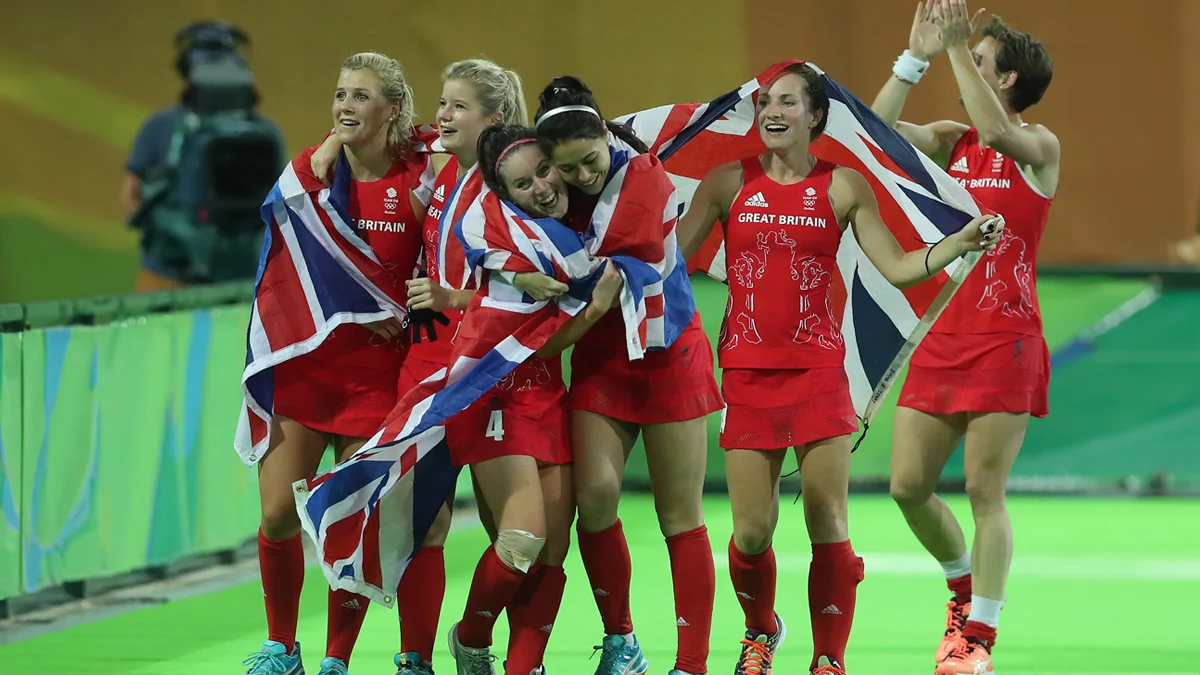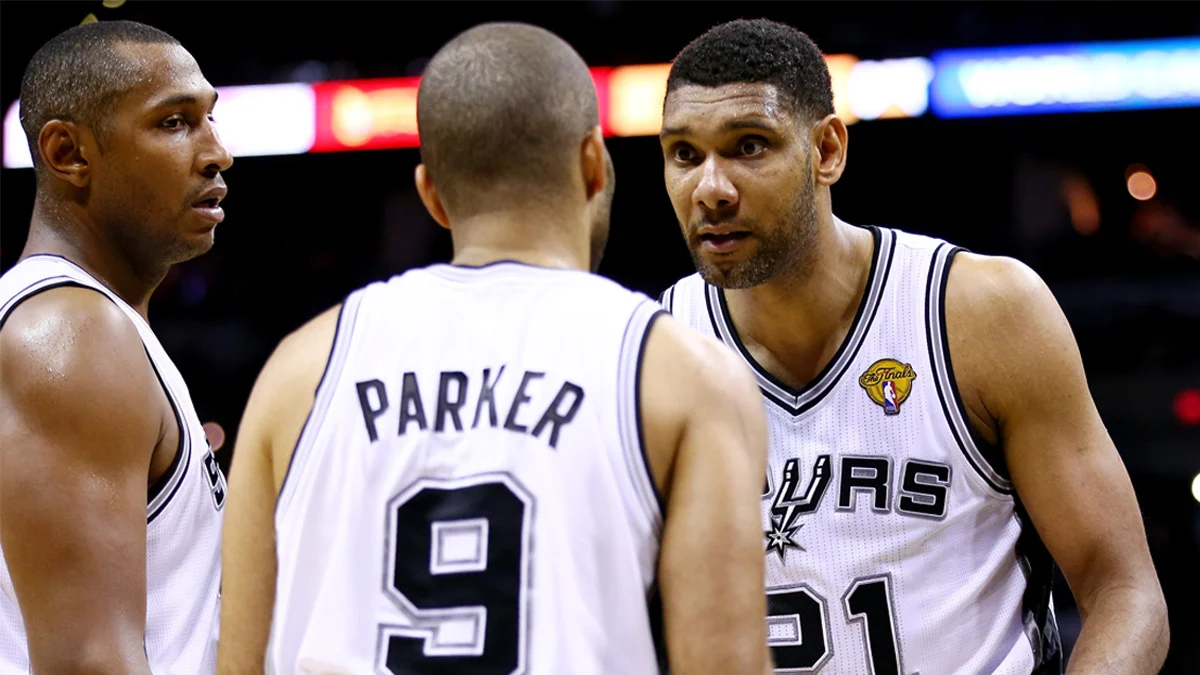
Let’s go back to the 2016 Rio Olympics. It’s the women’s hockey final. The game is between reigning Olympic Champions the Netherlands and Great Britain, bronze medallists from London 2012.
Despite taking a shock early lead, the GB team soon finds itself 2-1 down. One of the players looks across at a teammate and sees they are not in the right place mentally. The player knows she needs to help. But how can she communicate? They are in the middle of an Olympic final, focused on the play, pushing their bodies to the limit. The player probably has at most a second or two to get her message across. A message that needs to get that teammate back into the right place.
The player shouts one word. A well-chosen, well-practised word. Crisply. Clearly. And the impact is immediate. Her teammate lifts her head, refocuses and is back in the game.
This process plays out time and again throughout the final. Different players. Different words and phrases. All with the same impact. And against the odds, the GB team runs out eventual winners after a nail-biting penalty shoot-out.
This forensic ability to communicate the right words did not just happen. In the 2016 Olympic cycle, the squad had done a significant amount of work on self-awareness and knowledge of each other’s strengths. They also focused on learning the behaviours they exhibited when things were going well and those they exhibited when things were not. And on how specifically, with what choice of words, they could help each other into a more positive state of mind. The precise and exhaustive work they did paid off.
I wonder how often you have thought carefully about exactly what message you need to be communicating to those you lead, and whether you realise how powerful your communications are as a leader.
Sport offers us brilliant lessons in terms of effective and positive communications that drive sustained performance:
Positive not negative
So much research highlights the impact of positive rather than negative messaging. Whether in sport or the world of work, we have all heard examples of what not to do, whether it be a grassroots coach telling a batter “Don’t lose your wicket” or a manager at the office telling a colleague “Don’t mess up this meeting”. The use of positive framing in your messaging is much more likely to drive long-term performance from someone.
The best sports coaches know that with every comment they make, they are either adding to someone’s performance or taking away from it. It’s the same at work. Give yourself the best chance of adding to someone’s performance by using positive language. Saying “Stand strong at the crease” or “Be clear on what you want to achieve in this meeting” are much better ways of driving performance.
Simple and tangible
Anyone who watches elite sport will see how relentlessly physical it is. And that takes its toll. Not just on physical performance, but also on mental performance. For this reason, the best coaches and captains know that they need to keep their half-time (or equivalent) messages simple, succinct and easy to understand.
While we may not be under as much physical pressure in the working world, there are times when we really don’t have long to deliver a message, like the hockey scenario I’ve already mentioned. The same principle applies here. Beware the pitfall of thinking that you need to use over-sophisticated or complicated language or talk for so long that your central point gets lost. Keep your messages short, sharp, and tangible.
Meet the recipient where they are
Linked to this is the importance of meeting the recipient where they are at. Know your people. Know what works. Assess the situation. Get your timing right.
Have you taken the time to understand the best way to deliver a message to the different individuals in your team? Who needs support? Who needs a challenge? When it’s best to deliver an important message? At the beginning of the day or the end? At the beginning of the week or the end? The better you understand this, the more likely it is that your message will land.
Listening, energy and paying attention
In his excellent book The Captain Class: The hidden force behind the world’s greatest teams, Sam Walker uses sport to share important and original insights into the mysterious ingredients of transformative leadership.

One of the differentiators was how these leaders communicated. Describing the actions of Tim Duncan, captain of the record-breaking San Antonio Spurs NBA team, he explains how after every time out, when the coach had finished talking, Duncan would seek out one or two teammates, speaking with them softly but intently. He also touched them often.
Watching him, Walker realised that all of Duncan’s movements were calculated: he circulated widely amongst the team and was democratic with his time. He felt comfortable approaching everyone. He listened as much as he talked and never lost eye contact.
Without knowing it, Duncan was demonstrating communication behaviours which reflected those of the natural leaders identified in a seven-year study by researchers at the Human Dynamics Laboratory at the Massachusetts Institute of Technology. The group studied teams from 21 organisations, ranging from banks to hospitals to call centres, to see how they communicated and how those communication patterns influenced their performance.
The research team leader wrote that the data showed the natural leaders circulated automatically, engaging others in short, high-energy conversations. He highlighted that they were not necessarily extroverts, listened as much or more than they talked and were usually very engaged with whoever they were listening to.
Communication matters. To drive long-term, sustained performance, you need to get it right.
Catherine Baker is the founder and director at Sport and Beyond, and the author of Staying the Distance: The Lessons from Sport that Business Leaders Have Been Missing.
Related and recommended

After creating her own hair oil blends as a student, Lucie Macloud grew Hair Syrup into a multi-million pound business that she’s now expanding into Europe and the US

As generative AI use surges, organisations must manage copyright and data risks through clear policies, licensing and responsible content use

Thea Green, one of the UK’s most successful entrepreneurs in the beauty and self-care space, shares her advice

Nick Grey's story is a tale of grit, design obsession and the strategic choices behind sustainable success

